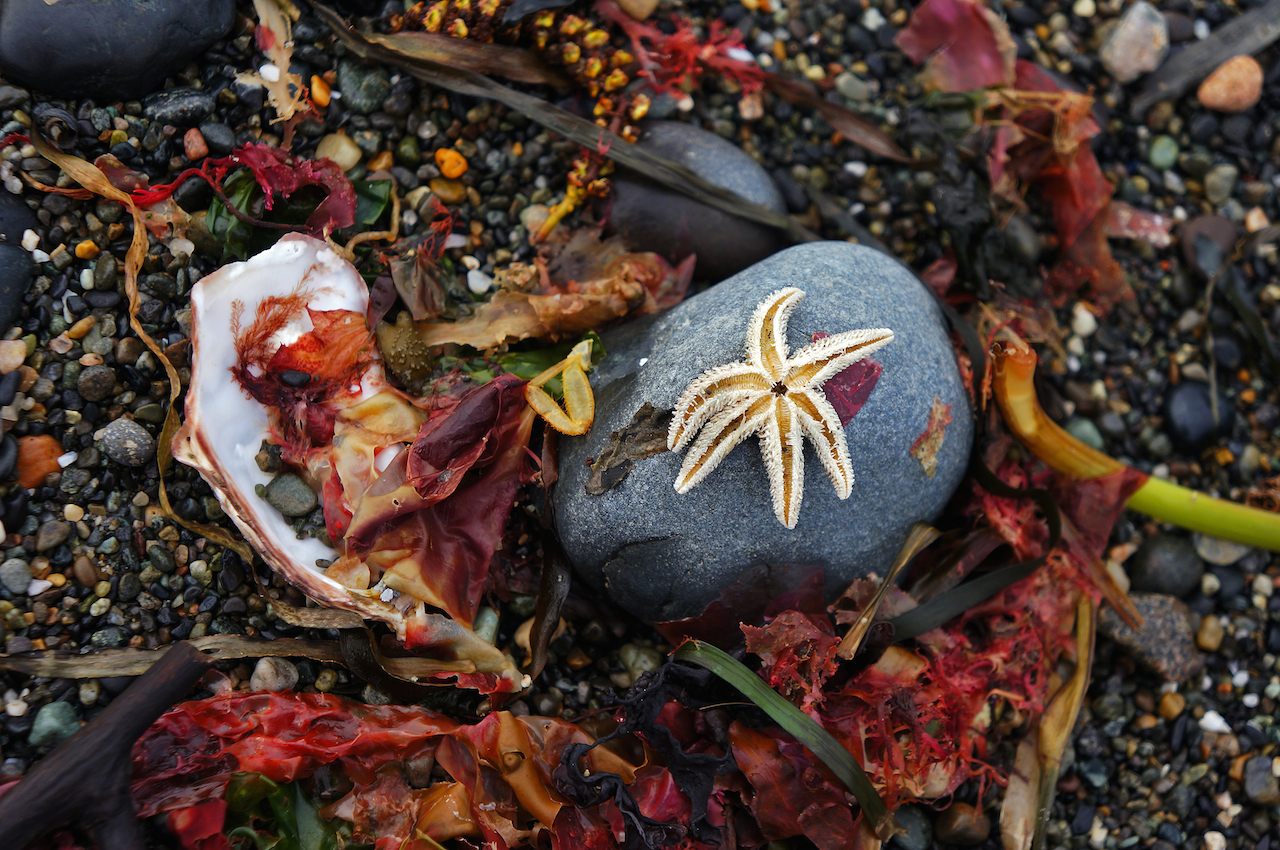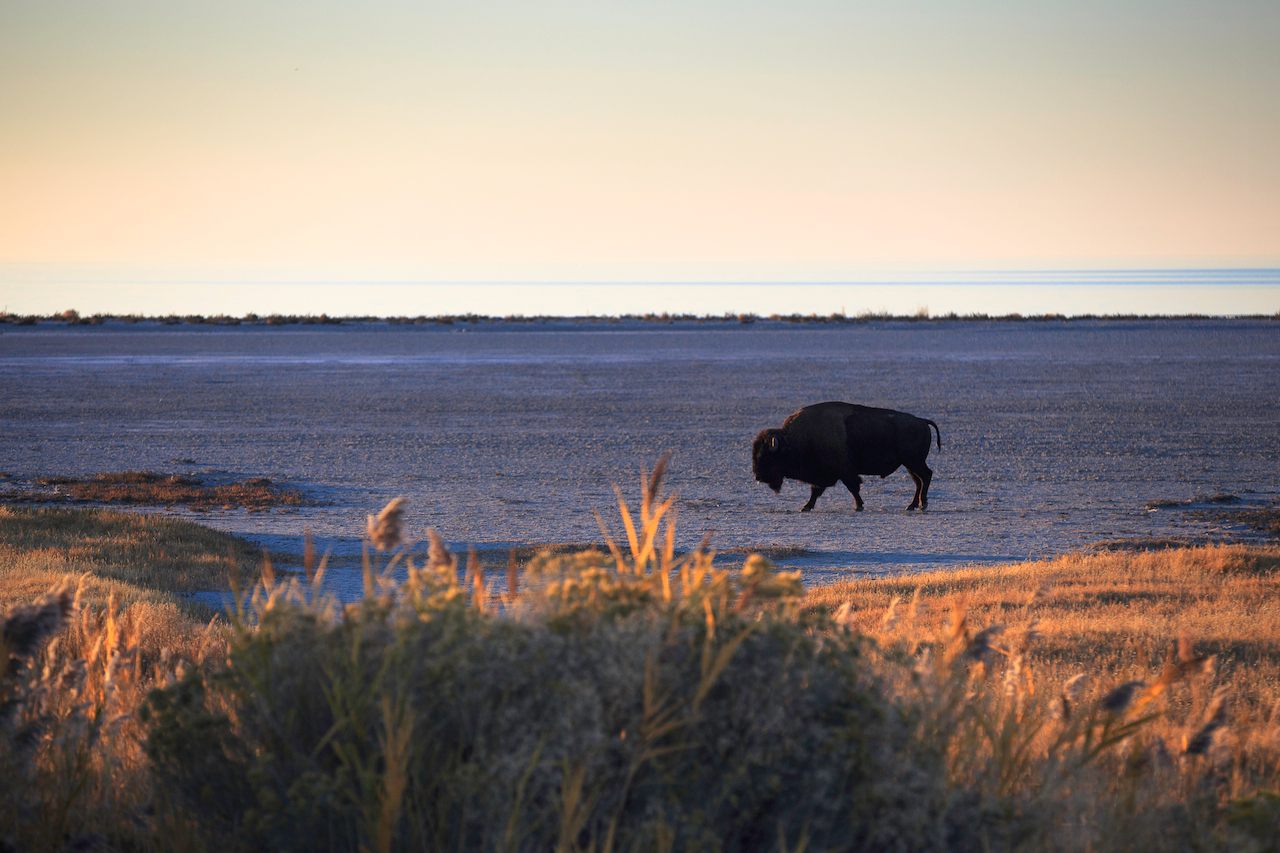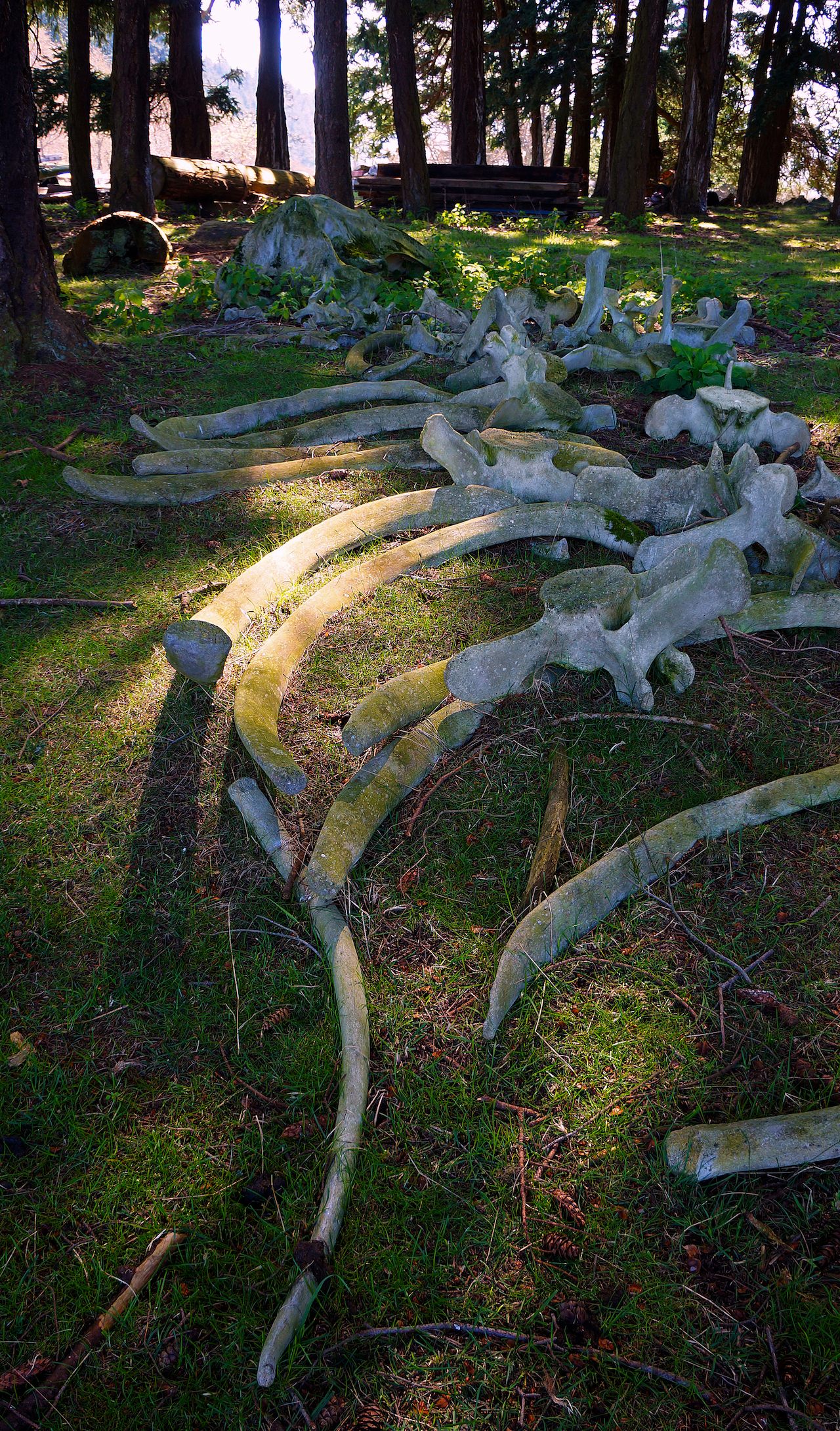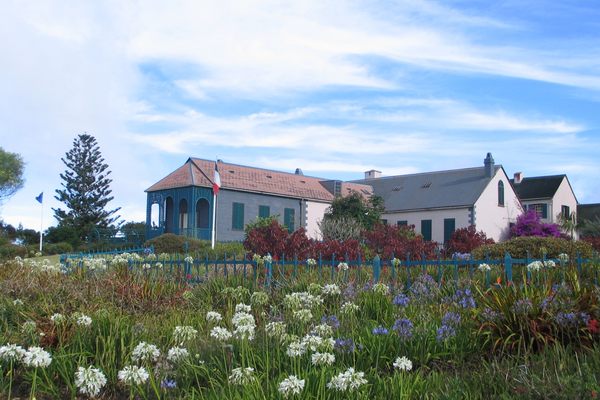The United Islands of America
Island hopper Anna Marlis Burgard is the creative force behind hundreds of illustrated books and gift products and is the author and principal photographer for Islands of America: A River, Lake and Sea Odyssey. Anna began visiting islands before she could walk courtesy of her family’s vacations in Maine, Maryland, and North Carolina; at last count, she’s explored 80+ in the United States alone. She lived on Georgia’s Tybee Island and now resides on Narragansett Bay’s Aquidneck Island. As part of a “United Islands of America” collaboration with Atlas Obscura, she’s sharing her best offbeat island experiences in a monthly series. This is the introduction to that series.
 A Lummi Island, Washington, sea star (photograph by Anna Marlis Burgard)
A Lummi Island, Washington, sea star (photograph by Anna Marlis Burgard)
An island is essentially terrain that remains above the waterline through all times and tides — bigger than a rock, but smaller than a continent. Purists contend that causeways or bridges connecting to the mainland are disqualifiers, that a true island must be reached only by boat or plane. In the St. Lawrence Seaway’s Thousand Islands, it’s said that spots of land in the water need to support at least one tree to earn the term “island.” As with all things, there are exceptions: the sea stacks along the Oregon coast and Mono Lake’s tufas aren’t considered islands, although they are indeed isolated sections of terrain surrounded by water.
The shorthand visual may be a dry spot in tropical waters with waving palm trees casting shadows on sugar sand beaches, but America’s islands manifest in many forms. They can be created over time from alluvial silt that shifts with a river’s flow (the towheads of the Mississippi); they are the projecting tops of the world’s largest mountain range (the Hawaiian archipelago), they are grass-covered salt domes (Avery Island in Louisiana) or the exposed masses of ancient coral reefs (Florida’s Keys).
 A member of the bison herd on Antelope Island, Utah (photograph by Jason Savage)
A member of the bison herd on Antelope Island, Utah (photograph by Jason Savage)

Honor-system payment for crab bait on Orcas Island, Washington (photograph by Anna Marlis Burgard)
What physically constitutes an island may vary, but what islands represent is more universal: their allure is ancient, deep-seated and of mythic proportions. In The Odyssey, Robinson Crusoe, Jurassic Park, Lost, Lord of the Flies and countless other tales, authors have presented fictional islands that invite us to explore other worlds, other rules, other experiences than are possible on the mainland. There may be no literal “Land of Lotus Eaters” or dinosaurs for us to see, but real islands offer similar transformations and adventures, leading us to shed the everyday and become our best selves — or very different selves. We start to live through our muscles and senses rather than our brains’ thinking, planning, and worrying. We turn to the sun and tide charts rather than watches alone to plan our days, merging into nature’s pulse.
All of our islands aren’t pleasure domes, though; some function as homes for prisons and jails (Alcatraz in San Francisco, Rikers in New York); some served as immigrant processing and quarantine centers (Angel Island on the West Coast, Ellis Island on the East). Their isolation positions them as homes to a surprising array of communities including four Serbian Orthodox nuns on St. Nilus Skete in Alaska, where the faithful clad in black habits nap on bright green moss beneath towering Sitka spruce trees in between chanting prayer services, reading religious texts, foraging for mushrooms and salmonberries, and canning salmon. While fishermen, surfers, and kayakers are common residents, there is no such thing as a typical islander, other than someone who’s independent, self-reliant, and at home surrounded by water.
 Father Adrian of St. Michael’s Skete on Spruce Island, Alaska; Howard Haslam of Melita Island in Montana’s Flathead Lake, a Boy Scouts of America camp where he lives year-round (photographs by Anna Marlis Burgard)
Father Adrian of St. Michael’s Skete on Spruce Island, Alaska; Howard Haslam of Melita Island in Montana’s Flathead Lake, a Boy Scouts of America camp where he lives year-round (photographs by Anna Marlis Burgard)
According to the U. S. Geological Survey, there are 16,896 named islands representing all 50 states in our rivers, lakes, and coastal areas. From Alaska to Florida, Maine to Hawaii, and Minnesota to Texas, we have a stunning collection — whether they’re resorts, private retreats, major metropolises, nature preserves, or tribal lands — with myriad histories, architecture, flora, fauna, and cultures. They appeal to a wide variety of desires, curiosities, sensibilities, and needs, and are endless sources of wonder, entertainment, beauty, and charm. They often have more in common with one another than with the states that claim them, offering similar enticements and battling the same issues.
Nearly half of our population lives in coastal counties, but most remain unfamiliar with the full insular wealth — wild, weird, and wonderful — in and between the shining seas. From famous islands like Martha’s Vineyard, Maui, and Key West to more obscure locations including Wadmalaw, Mackworth, and Petra Islands, I’ve visited 82 of our water-framed wonderlands in 22 states thus far. This odyssey has allowed me to interview artists, captains, chefs, divers, farmers, marine biologists, mayors, philosophers-in-residence, and even a former President of the United States. The images and stories I’m collecting are a portrait of small town America through a maritime lens — a celebration of these diverse kingdoms surrounded by moats. It will be my pleasure to introduce you through this series on Atlas Obscura to the personalities, animals, quirks, and histories of these places over the next months. Welcome ashore!
 Moss-speckled gray whale skeleton in a small private wood on Lummi Island, Washington (photograph by Anna Marlis Burgard)
Moss-speckled gray whale skeleton in a small private wood on Lummi Island, Washington (photograph by Anna Marlis Burgard)
 A Deer Isle, Maine pond reflecting the Milky Way’s starlight (photograph by Jack Fusco)
A Deer Isle, Maine pond reflecting the Milky Way’s starlight (photograph by Jack Fusco)
Anna Marlis Burgard is the author and principal photographer for Islands of America: A River, Lake and Sea Odyssey. As part of a monthly “United Islands of America” series, she’s sharing some of the more obscure destinations she’s discovered on her journeys to over 80 islands in 22 states.









Follow us on Twitter to get the latest on the world's hidden wonders.
Like us on Facebook to get the latest on the world's hidden wonders.
Follow us on Twitter Like us on Facebook